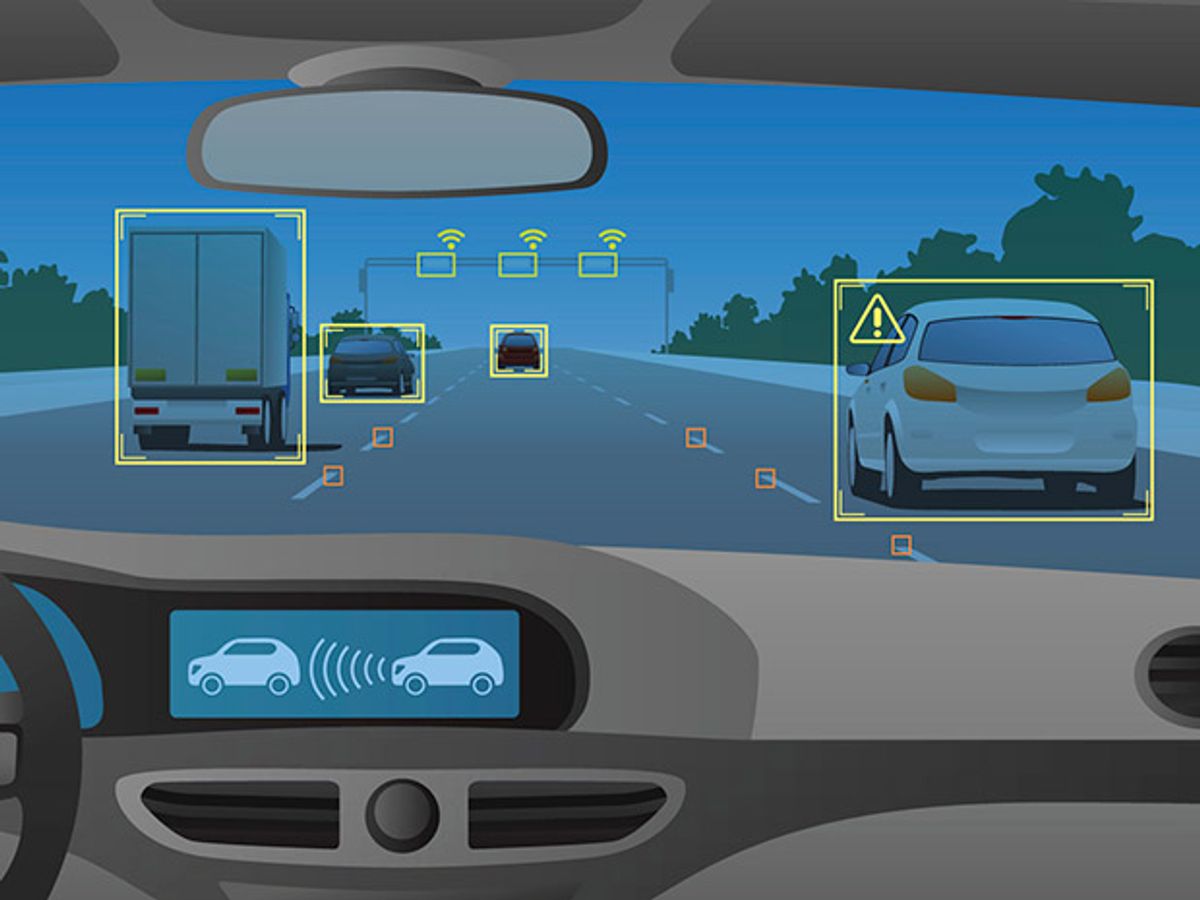Tokyo-based Renesas Electronics announced Monday that it is launching a new open platform for advanced driving assistance (ADAS) and autonomous driving systems.
Dubbed Renesas autonomy, the platform will employ ADAS and autonomous driving technologies being developed by Renesas and a number of partners, including AutonomousStuff, Cogent Embedded, Polysync, eTrans, and the University of Waterloo in Ontario, Canada. In addition, the platform is using technologies produced by the R-Car Consortium, that Renesas established in 2010. The Consortium now has 195 entities, including hardware manufacturers, software companies, and research institutes as members, and include NEC, Hitachi and QNX Software Systems.
These alliances have produced, among other things, Renesas’ Lincoln (model MKZ) demonstration car for autonomous driving, which was showcased at the Consumer Electronics Show in Las Vegas in January.
“The Renesas autonomy Platform offers end-to-end solutions scaling from secure cloud connectivity and sensing to vehicle control,” says Uwe Westmeyer, Principal Engineer at Renesas Global ADAS Centre in Dusseldorf, Germany. “It connects everything we are offering under ADAS and autonomous driving. This will help customers to reduce integration efforts.”
Accompanying the announcement, Renesas released its first product under the Renesas autonomy brand: the R-Car V3M image recognition system-on-chip (SoC) targeting smart camera applications. The chipmaker, which claims to be the world’s leading supplier of SoCs and microcontroller units, shipped almost one billion units to the automotive industry alone in 2015.
The company noted that the new sensor incorporates an image signal processor (ISP), which frees up circuit-board space and reduces system-manufacturing costs. In addition, the device complies with the ISO26262 safety standard for electronic systems.
“The R-Car V3M is a good example of our strategy,” said Westmeyer. “It is based on discussions we had with Tier 1 [companies] and OEMs. It will help our customers develop leading-edge, cost-efficient smart camera applications, surround view systems, even lidars.”
Renesas exhibited the new SoC, its autonomy platform, and the Lincoln demonstration car at its DevCon Japan trade fair held in Tokyo on April 11.
During his keynote speech at the fair, Renesas President Bunsei Kure revealed impetus for the R-Car Consortium and autonomy platform when he admitted that it was “difficult to survive on our own,” in such a competitive industry. He added that Renesas was working with so many partners to ensure “there will still be a semiconductor manufacturer left in Japan that can supply the automotive industry.”
No doubt on Kure's mind is smartphone chipmaker Qualcomm’s bid to buy NXP Semiconductors NV in the Netherlands, a leading supplier of chips to the automotive industry. The acquisition will cost a reported $47 billion, the biggest ever in the semiconductor industry. Qualcomm, which is seeking to diversify away from smartphones, is waiting on the approval of US antitrust regulators to complete its purchase.
Meanwhile, Intel is also seeking to gain ground in the automotive industry. It has agreed to purchase Mobileye, an Israeli supplier of software safety products for the ADAS and autonomous vehicle markets.
Faced with this kind of international competition, Renesas is emphasizing its autonomy platform as open, given that customers can choose where to start ADAS and autonomous driving development based either in part on their own differentiating technologies, or on the technologies provided by the Renesas autonomy platform and R-Car Consortium.



